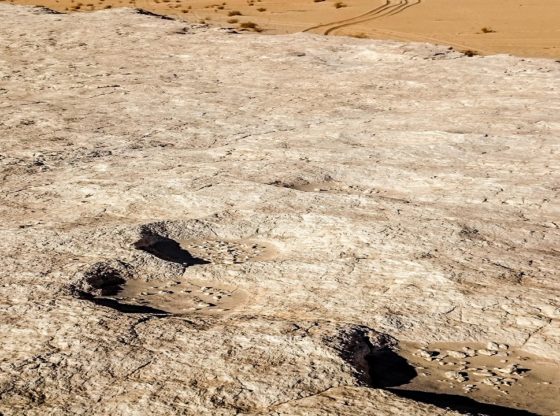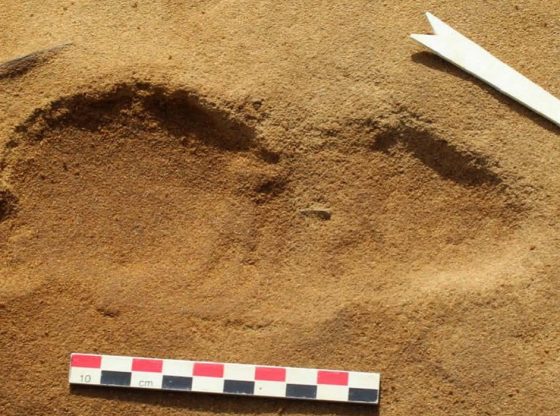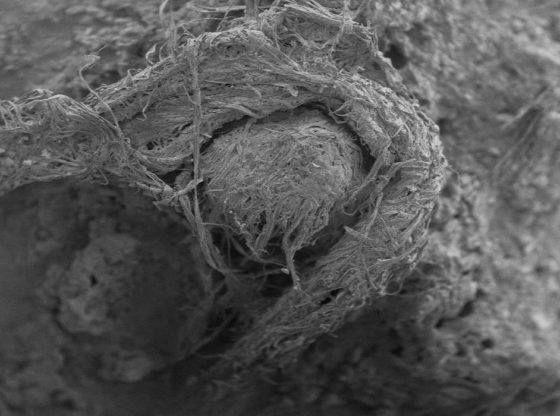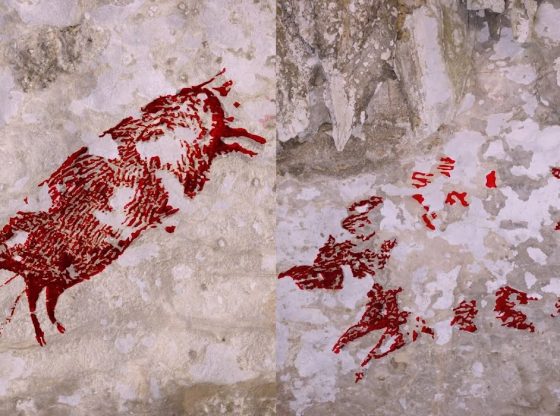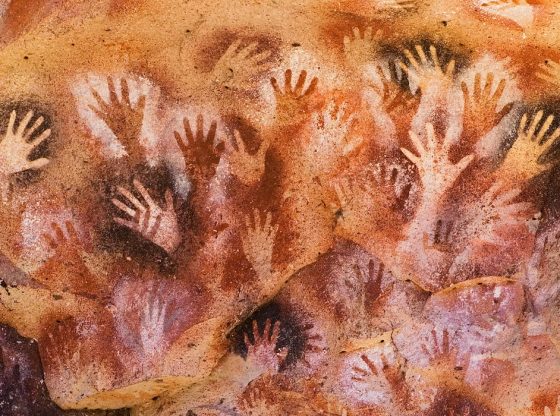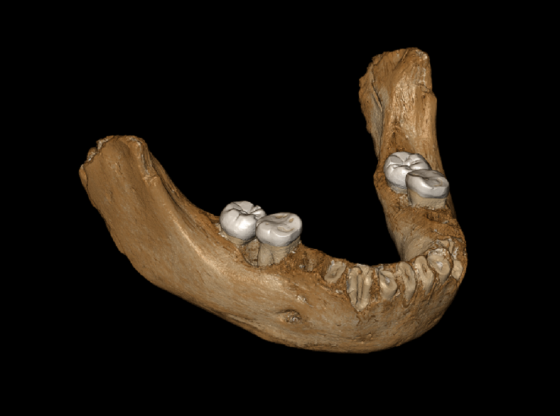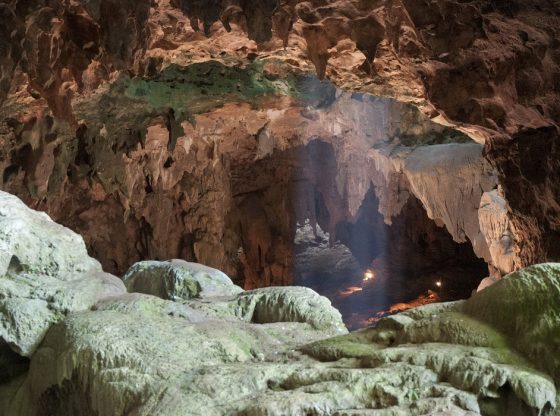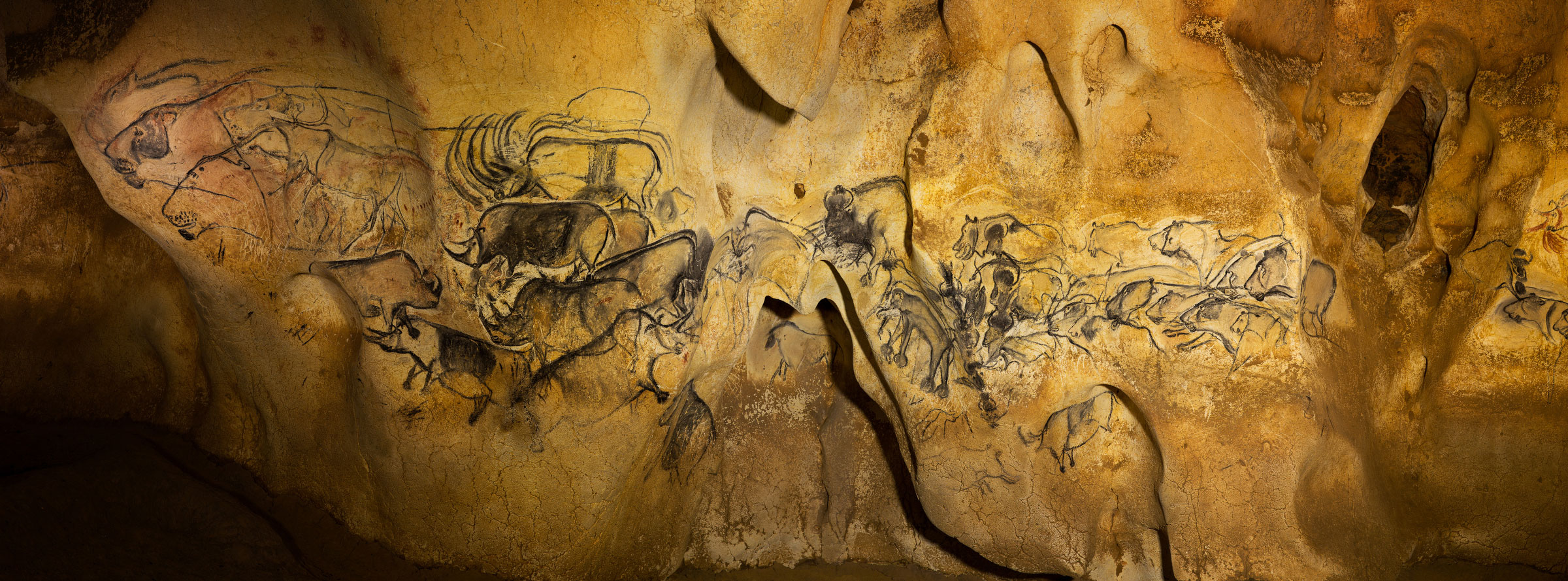
A hand print and 13 other cave paintings on the Indonesian island of Sulawesi are shedding new light on early human settlement around the world.
The oldest cave paintings have all been found in Europe and are between 35,000 to 40,000 years old. Therefore, it has been believed that the ability for man to express yourself with art developed with the primeval man shortly afterward the exodus from Africa.
Asian Cave Paintings as Old as the European
The dating of some Indonesian cave paintings now shows, however, that they are at least as old as the European counterparts. The creative spark was thus present among the humans already at the time we left Africa.
The Indonesian cave paintings were discovered in the 1950s but were then incorrectly assessed to be 10,000 years old. Modern, more accurate dating methods now reveal that the hand imprint is the oldest of its kind – at least 39,900 years old. A drawing of a pig-deer (babirusas) is at least 35,400 years old. Therefore one of the oldest figurative images in the world.
The hand imprint was made through the practice of blowing or spraying pigment around a hand pressed to the rock’s surface. A common practice among cave artists through the ages. But this Sulawesi image appears to be the earliest example of its kind–some 2,000 years older than the minimum age of the oldest European hand imprints.
Uranium Reveals Age
A team of researchers led by Maxime Aubert and Adam Brumm of Griffith University in Queensland, Australia, the team of Indonesian and Australian researchers set out to date the paintings using a method called uranium-thorium dating.
The Indonesian cave paintings were dated using small calcium carbonate bubbles, which are eventually formed on top of the paintings. These bubbles contain uranium which decays into thorium. By measuring the decay rate of uranium as it turns to thorium, the scientists are able to calculate when the paintings were created.
But as this crust is presumably somewhat younger than the artwork it covers, the dating process gave them a minimum age for the paintings underneath.
The famous cave paintings of Chauvet Cave was discovered in 1994, and during the following 20 years, relatively few scientists had access to the site because of their vulnerability. But new 3D technology changed all that. Now, researchers from around the world can study the paintings.
The study World’s oldest art found in Indonesian cave have been published in the scientific journal Nature.
______________
World’s oldest art found in Indonesian cave
____________________________



